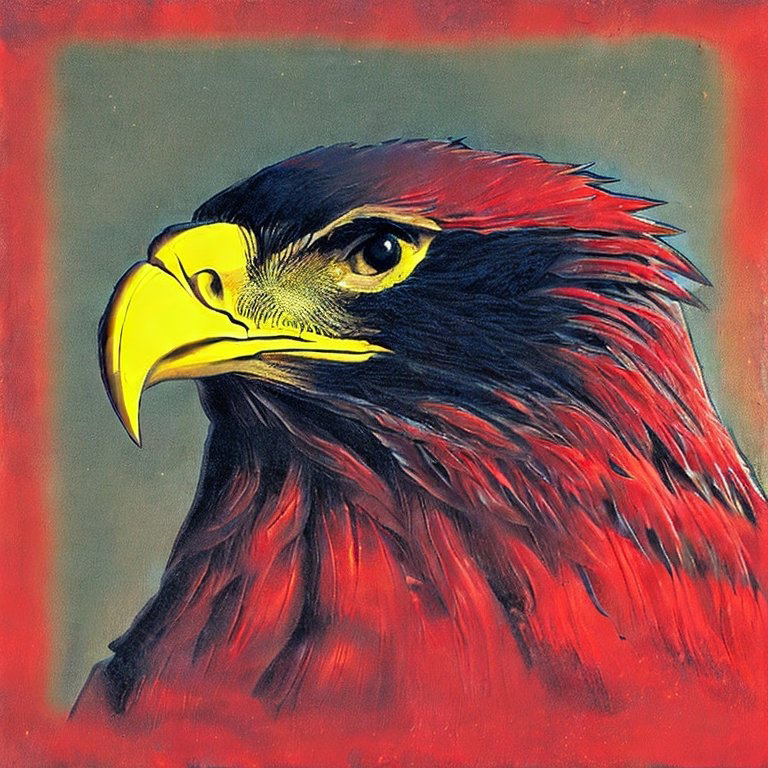Mastodon is really the only one. Unless you count YouTube but that's always with an asterisk.
IronEagleBird
Well said. Evolution doesn't have a goal. I ran into the difficulty when teaching is that students tended to assign purpose to mutations that are currently beneficial.
Possibly when furrier bees evolved, it could be that the fur was protecting them from harsh weather conditions and allowing them to fly further and making it to more flowers. The fur builds electrostatic forces as the bee went along with its day. Serving another beneficail purpose by attracting more pollen to stick onto their bodies. The bees also use the fur to wipe pollen from their eyes and off their legs.
Essentially furrier bees were more successful at feeding their offspring than non-fur bees. Which was selecting for even furrier bees in the following generations continuing to the furry honeybees we see today.
The flowers are also evolving to spread pollen to reproduce. Flowers have evolved to be bright, colorful and have pollen that bees want. Flowers are able to get there pollen spread and bees get food.


Bees make excellent pollinators because most of their life is spent collecting pollen, a source of protein that they feed to their developing offspring. When a bee lands on a flower, the hairs all over the bees' body attract pollen grains through electrostatic forces.
Basically plants have coevolved with these pollinating insects. Plants that can develop the best pollen that sticks to these insects are able to reproduce more successfully. While bees, as the example, are collecting it as there food. Bees are not "helping" the plant knowingly, its more of the plant is hitching a ride.
https://www.canr.msu.edu/nativeplants/pollination/